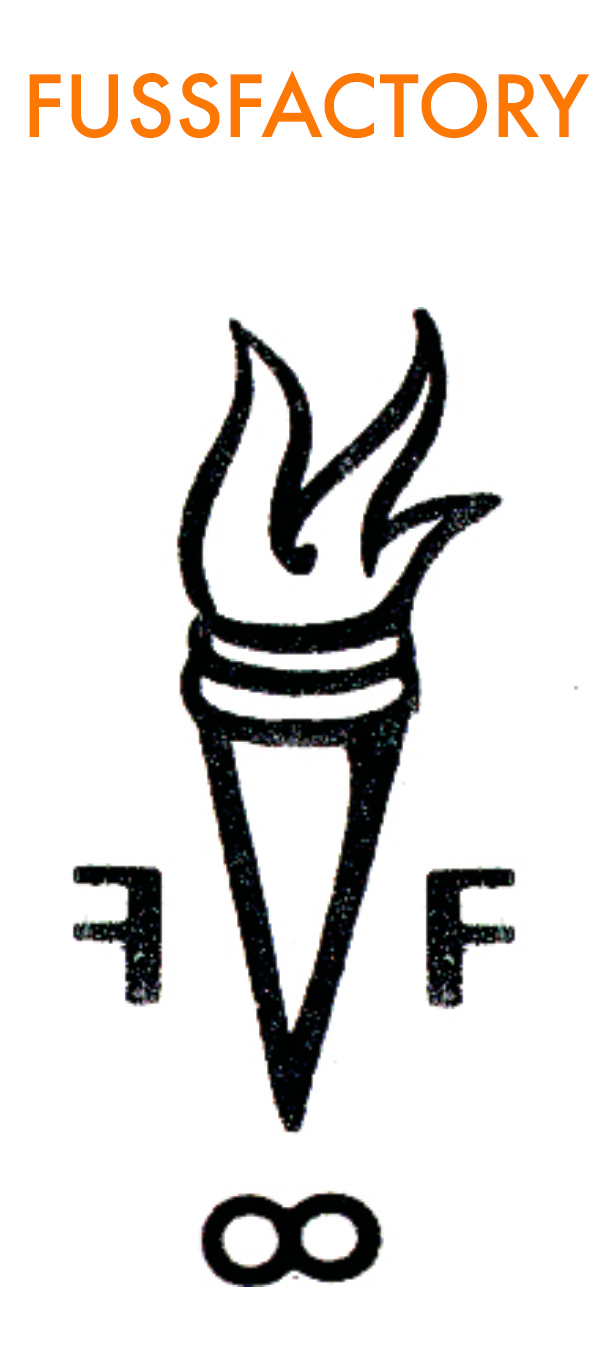#sparkchamber 050123 — Caity Birmingham
Striking a good balance between following a path and blazing your own trail pops to mind as #sparkchamber welcomes production designer Caity Birmingham. Caity grew up in the Midwest and attended film school in Chicago — “I went to school for directing but discovered I much prefer directing inanimate objects to directing actors. I enjoy working in the art department because it still allows me to participate in character development, backstory, tone, mood and setting in a very hands-on way.”
She then moved to Los Angeles, where she “worked on anything I could in any aspect of the art department just to meet people and learn things. You never know which jobs are going to lead to big breaks or long-lasting collaborative relationships; often it’s the ones you least expect.”
A member of the Art Directors Guild since 2013, and now based in New York City, Caity has designed sixteen feature films, including most recently, The Adults directed by Dustin Guy Defa, Stay Awake, directed by Jamie Sisley, and Die in a Gunfight, directed by Collin Schiffli. Some of her television credits include Joe Pera Talks With You — “one of the projects closest to my heart” — for Adult Swim and HBO Max,This Close, seasons 1-2, for Sundance Now, and Comedy Bang! Bang! and Documentary Now! for IFC. “One great thing about the art department is that each job is entirely different, requires different skills and presents different challenges, so repetitiveness is never a problem. I have learned that the best skills you can have are adapting quickly, communicating clearly, and solving problems creatively, and those skills apply to all projects and all art department roles, just in different ways.”
Her style and perspective are very distinct, as revealed in the selection of her photos we’re including with this post, “some of sets I have designed, some of my decorating, and some of existing spaces that inspire me — I think it's the best way to get at where all these things intersect, and my point of view of the world.”
1.] Where do ideas come from?
I think it may be true that there are no new ideas, but I find this comforting rather than disheartening. Ideas are constantly mutating and reforming and combining in new and different ways by each brain that collects them and for each new moment we are in.
Art imitates life imitates art is a cycle I think about a lot when I’m working. I think it’s a very healthy cycle and allows for evolution as well as a certain amount of thievery. Jim Jarmusch made a case for stealing ideas and inspirations, and he said, “Authenticity is invaluable; originality is non-existent.” I think if we give up on the concept of needing to have a new and never-before-seen idea and think instead about how ideas are changing and being reinterpreted, then it becomes more about an ongoing continuum that connects us and that we all have something to contribute to.
2.] What is the itch you are scratching?
One is the need to connect and collaborate, and one is the need to understand the world. By working on movies, which is at its heart collaborative storytelling, I get to tackle both. I get to contribute my one very specific little detailed offering to telling those stories: creating an environment, and a mood, and making sure the characters feel at home there.
I love on-location movies, where we find real existing spaces that inspire us and connect them to the story we are telling. It’s an exciting collaboration between the real world and the created one that ideally helps us understand both better.
I guess I do the same thing in my living space — find an existing place that inspires me, and adapt it to the world I want to live in.
3.] Early bird or night owl? Tortoise or hare?
I cycle through different phases. I think I'm a night owl who wants to be an early bird. I think I’m a hare who wants to be a tortoise. I am, for example, not a “measure twice cut once” person, even though that would serve me much better.
4.] How do you know when you are done?
At work, when we start a project, we’re on a speeding train, and there’s not much that will slow it down, so our job is just to keep up. This process also involves a lot of creation and destruction. We could spend weeks on a set, and then we film it, and then it has been recorded and served its temporary purpose and has no further use in the world. All we can do is try to repurpose those materials and those ideas and pass them on to the next thing we do or the next collaborator who needs them.
In real life, I guess I’m never done creating the environment around me, but I try to embrace the same idea of trying things out — both in terms of ideas and actual objects — and experimenting, and then passing them on to the next person who might find them useful or beautiful. Ideally, nothing is ever done, just repurposed.



